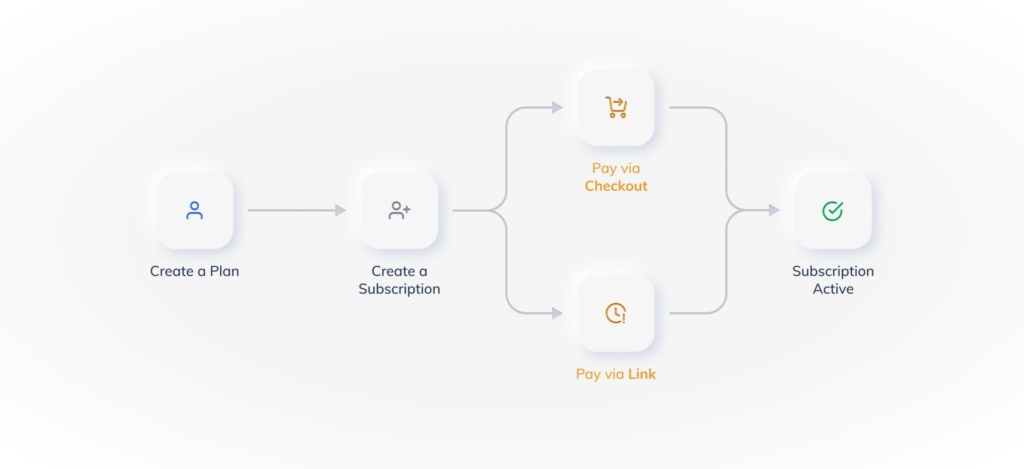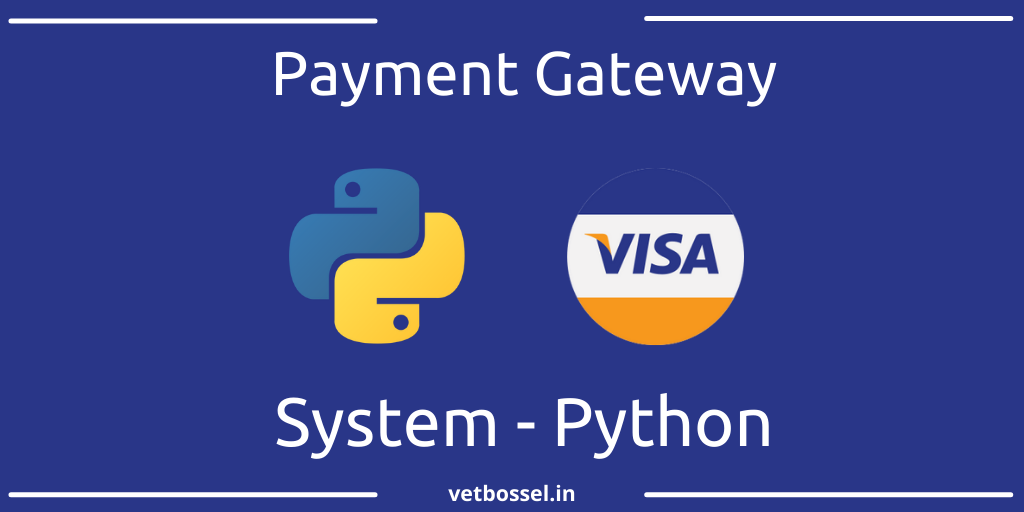AUTHOR : HANIYA SMITH
DATE : 19/10/2023
Introduction
In the ever-evolving world of e-commerce, a seamless and secure payment gateway is the cornerstone of any successful online business. Python, a versatile and also powerful programming language, has gained popularity for its efficiency in integrating payment gateways into web applications. In this article, we will delve into the world of payment gateway integration in Python, exploring the essential concepts, steps, and best practices to ensure smooth financial transactions for your online business.
Understanding Payment Gateways
What Is a Payment Gateway?
Before we dive into the technical details, let’s start with the basics. A payment gateway is a technology that facilitates online transactions by connecting your e-commerce platform with financial institutions. It acts as a bridge, securely transmitting payment information between the customer, your website, and also the bank.
Why Integration Is Crucial
The integration of a payment gateway into your Python-based web application is crucial for providing a seamless and also secure shopping experience. It ensures that your customers can pay for products or services with ease, while you receive the funds without any hiccups.
Popular Payment Gateways

When it comes to payment gateway integration in Python, you have various options to choose from. Here are a few popular payment gateways and also how to integrate them:
PayPal Integration
PayPal stands out as a globally renowned and also extensively utilized payment gateway.To integrate PayPal into your Python application, you can use the PayPal REST API, making it possible to accept payments and donations efficiently.
Stripe Integration
Stripe is known for its developer-friendly approach and is a favorite among Python developers. By utilizing the Stripe API, you can accept payments, handle subscriptions, and also manage customer data seamlessly.
Authorize.Net Integration
Authorize.Net is a robust and also secure payment gateway. It provides Python libraries that make integration a breeze, allowing you to process credit card payments with ease.
The Integration Process
Now, let’s get into the nitty-gritty of integrating a payment gateway in Python.
Choose the Payment Gateway
Choose the payment gateway that aligns perfectly with the specific requirements of your business.Consider factors such as transaction fees, supported payment methods, and also the gateway’s reputation for security.
Set Up Your Developer Account
Sign up for a developer account with the chosen payment gateway provider. This will give you access to the necessary API keys and also documentation.
Install Required Libraries

Use Python’s package manager, pip, to install the libraries or SDKs provided by the payment gateway. This will allow your Python application to communicate with the gateway’s servers.
Configure API Keys
Retrieve the API keys from your developer account and also configure them in your Python application. These keys are crucial for secure communication with the payment gateway.
Create Payment Forms
Design and also implement payment forms on your website to collect customer information and payment details securely.
Handle Responses also
Develop functions in your Python code to handle responses from the payment gateway, such as successful transactions or errors.
Security Considerations

Ensuring the security of payment transactions is of utmost importance. Here are some security measures to keep in mind:
Use HTTPS
Always use HTTPS to encrypt data during transmission, protecting sensitive customer information.
Data Encryption
Implement data encryption techniques to safeguard customer data stored on your server.
PCI Compliance
Adhere to Payment Card Industry Data Security Standard (PCI DSS) guidelines to maintain a secure payment environment.
ustom Payment Gateway Integration
In addition to integrating popular payment gateways, Python allows you to create custom payment solutions tailored to your specific business needs.
Custom Integration
For a custom payment gateway, you will need to build an API that communicates with your Python application. This approach provides flexibility and also customization options to meet unique requirements.
Testing

Thoroughly test your payment gateway integration to identify and also resolve any issues before going live. Conduct both unit testing and end-to-end testing to ensure a seamless experience for your customers.
Mobile Payment Integration
In the age of smartphones, mobile payment integration is essential. Python supports mobile payment gateways like Apple Pay and also Google Pay, allowing users to make payments directly from their mobile devices.
Mobile Payment Integration
Integrating mobile payment gateways in Python requires adding the necessary SDKs to your mobile app and handling the payment process within the app.
Recurring Payments
For subscription-based businesses, recurring payments are a crucial feature. Python provides the tools to automate subscription management.
Subscription Integration
Utilize Python libraries and also payment gateway [1]APIs to manage recurring payments, ensuring that your customers’ subscriptions are billed accurately and on time.
Handling Payment Failures also

Payment failures can happen for various reasons. Handling them gracefully is vital for customer satisfaction.
Error Handling
Implement robust error handling in your Python code to provide clear and also informative messages to customers when payments fail. This reduces frustration and encourages them to retry the transaction.
Monitoring and Analytics also
To make informed decisions and optimize your payment processes,[2]you should incorporate monitoring and analytics.
Analytics Integration
Integrate analytics tools into your Python application to track payment trends, identify bottlenecks, and gain insights into customer behavior.
Custom Payment Gateway Integration
In addition to integrating popular payment gateways, Python allows you to create custom payment solutions tailored to your specific business needs.
Custom Integration

For a custom payment gateway, you will need to build an API that communicates with your Python application. This approach provides flexibility and also customization options to meet unique requirements.
Testing
Thoroughly test your payment gateway [3]integration to identify and also resolve any issues before going live. Conduct both unit testing and end-to-end testing to ensure a seamless experience for your customers.
Mobile Payment Integration
In the age of smartphones, mobile payment integration is essential. Python supports mobile payment gateways like Apple Pay and also Google Pay, allowing users to make payments directly from their mobile devices.
Mobile Payment Integration
Integrating mobile payment gateways in Python requires adding the necessary SDKs to your mobile app and handling the payment process within the app.
Recurring Payments
For subscription-based businesses, recurring payments are a crucial feature. Python provides the tools to automate subscription management.
Subscription Integration

Utilize Python libraries and also payment gateway APIs [4]to manage recurring payments, ensuring that your customers’ subscriptions are billed accurately and on time.
Conclusion
Payment gateway integration in Python is a crucial aspect of running a successful online business. By following the steps outlined in this article, you can ensure that your customers enjoy a secure and also hassle-free payment experience, which, in turn, leads to increased trust and loyalty.
FAQs
1. Can I integrate multiple payment gateways into my Python application?
Yes, you can integrate multiple payment gateways into your Python application to offer customers various payment options.
2. Are there open-source Python libraries for payment gateway integration?
Yes, there are open-source Python libraries and also SDKs available for various payment gateways, simplifying the integration process.
3. What are the typical transaction fees associated with payment gateway integration?
Transaction fees vary based on the payment gateway provider and also the type of transactions. It’s essential to check the provider’s pricing details.
4. How can I ensure the security of customer data during payment transactions?
To ensure security, use HTTPS, data encryption, and comply with PCI DSS standards.





